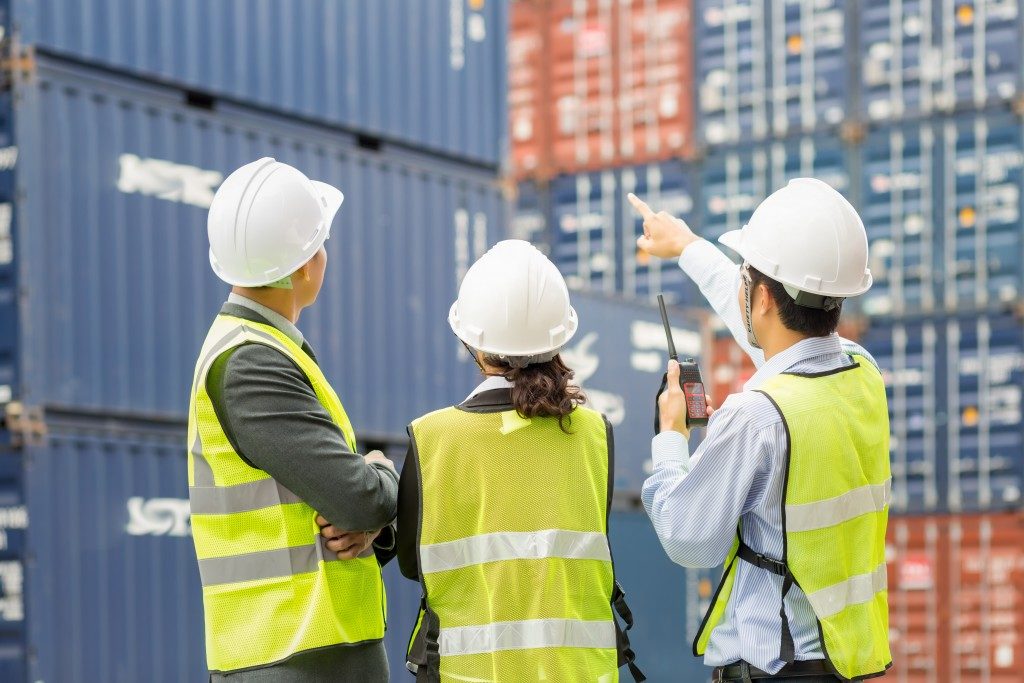Product returns are an inevitable part of a manufacturer/seller’s operations. Whether it’s a defective product, wrong specifications/order, damages, warranty claim, or simple product dissatisfaction, products returns will always be something that a manufacturer-seller will have to deal with, which is why the process of reverse logistics.
A company could always employ a reverse logistics platform to streamline and manage the entire process, but before that, it would be best to know the basics and benefits of reverse logistics itself, and why your company needs it:
What is Reverse Logistics
Normal logistics operations depict the manufacturer-seller sending a product to a customer for them to use. As such, the aptly-named “reverse logistics” is the process of a customer sending a product to the manufacturer-seller. Reverse logistics entail the handling of the return, repair, reuse, recycling, and/or the disposal of products. Although it might seem costly at first glance, reverse logistics is very beneficial for both the customer and the business itself.
Benefits of Reverse Logistics
Customer Satisfaction
The most immediate benefit of Reverse Logistics is having a satisfied customer. If a customer returns a product for repair or replacement, giving them access to the reverse logistics process or platform and allowing them to easily return the product improves the customer experience (even if they returned it because they are dissatisfied with the product). For end-of-life or products beyond repair, giving the customers the option to return the product to the manufacturer for proper disposal would also be viewed as an exemplary after-sales service. Customers that are aware that they can easily buy and return products would be more enticed to buy.
Refurbishing, Recycling, or Reusing
Majority of products returned are due to defects, or in need of repair. Certain products returned could with defects could simply be refurbished then re-sold (i.e. a phone with scratches on the back or the screen could be repaired and then returned to a vendor for selling at either the same or cheaper price). Products that are beyond repair, or have reached their end-of-life period, can be dismantled and its parts could be recycled for other products (which would cut production cost, and provide cheaper products).
Proper Waste Management, and Being Eco-Friendly

As mentioned earlier, reverse logistics could also entail the disposal of products. The traditional scheme of sales and product usage is that the consumers are the ones in charge of disposal. Reverse logistics allows the company to follow the proper mandated protocol in disposing materials and can get salvageable parts for recycling. Proper waste management would mean less carbon footprint, and could even be a selling point for your company by being labeled eco-friendly or at least compliant to waste disposal laws (which helps the company avoid any fines from improper disposal).
Reverse logistics is, and should be, an integral part of a manufacturer-seller’s after-sales operation. Practicing proper reverse logistics would be beneficial not only to the customer but also the business. As such, keep this information in mind, and make sure to integrate reverse logistics in your business.

